In today’s energy-efficient homes, proper ventilation and carbon monoxide detection are more crucial than ever. As we seal our houses to conserve energy, we may inadvertently create an environment where indoor air pollutants and dangerous gases can accumulate. This comprehensive guide will explore the importance of ventilation and carbon monoxide detection, providing you with the knowledge to create a safer and healthier living space.
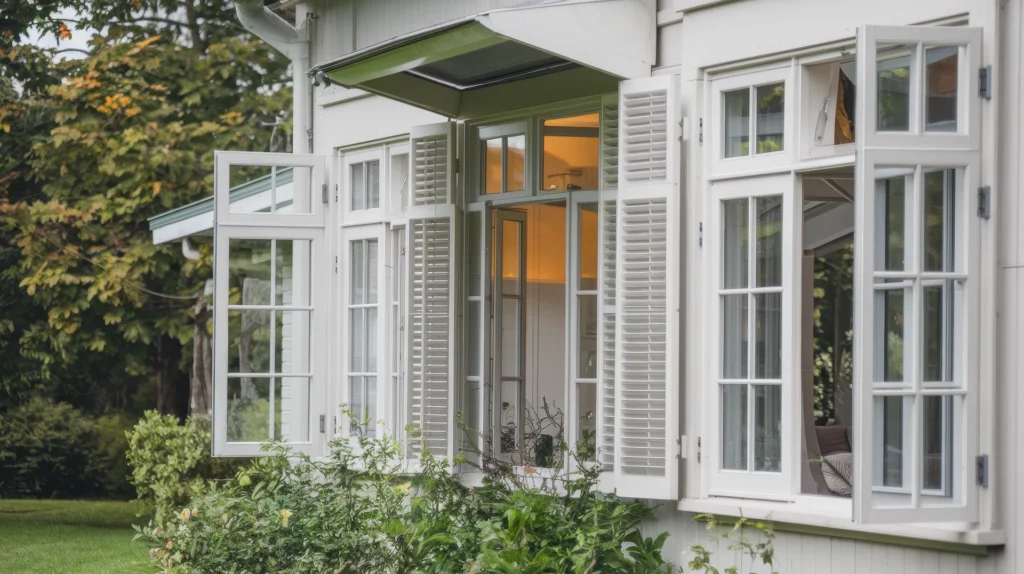
Proper ventilation serves several critical functions in your home:
- Removes indoor air pollutants
- Controls moisture levels
- Regulates temperature
- Improves overall air quality
- Reduces the risk of mold growth
Types of Ventilation Systems

There are three main types of ventilation systems:
| Ventilation Type | Description | Pros | Cons |
| Natural | Uses windows and doors | Cost-effective, no energy use | Limited control, weather-dependent |
| Mechanical | Uses fans and ducts | Consistent airflow, controllable | Requires energy, maintenance |
| Balanced | Combines intake and exhaust | Efficient, filters air | More complex, higher cost |
This table compares the three main types of ventilation systems. Natural ventilation uses windows and doors, is cost-effective and doesn’t use energy, but offers limited control and is weather-dependent. Mechanical ventilation uses fans and ducts, providing consistent and controllable airflow, but requires energy and maintenance. Balanced ventilation combines intake and exhaust, is efficient and filters air, but is more complex and costly to install.
Signs of Poor Ventilation
Be aware of these indicators that your home may have inadequate ventilation:
- Persistent condensation on windows
- Musty or stale odors
- Mold growth, especially in bathrooms or basements
- Increased allergy symptoms indoors
- Stuffy or humid air
Improving Ventilation in Your Home
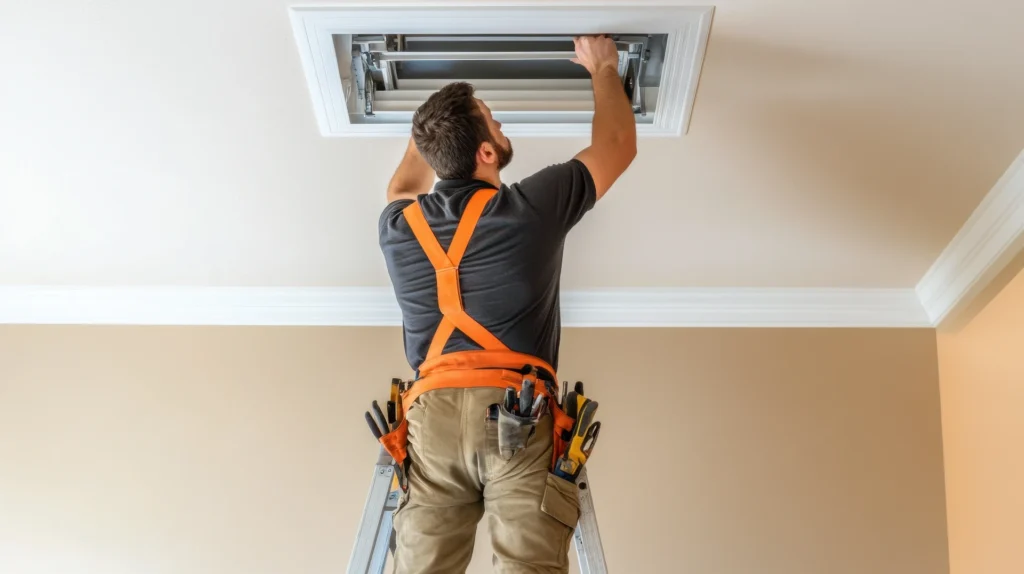
Follow these steps to enhance your home’s ventilation:
- Open windows regularly to allow fresh air circulation
- Use exhaust fans in kitchens and bathrooms
- Install a whole-house ventilation system
- Clean and maintain air ducts and vents
- Consider adding attic and crawl space vents
Ventilation Rates
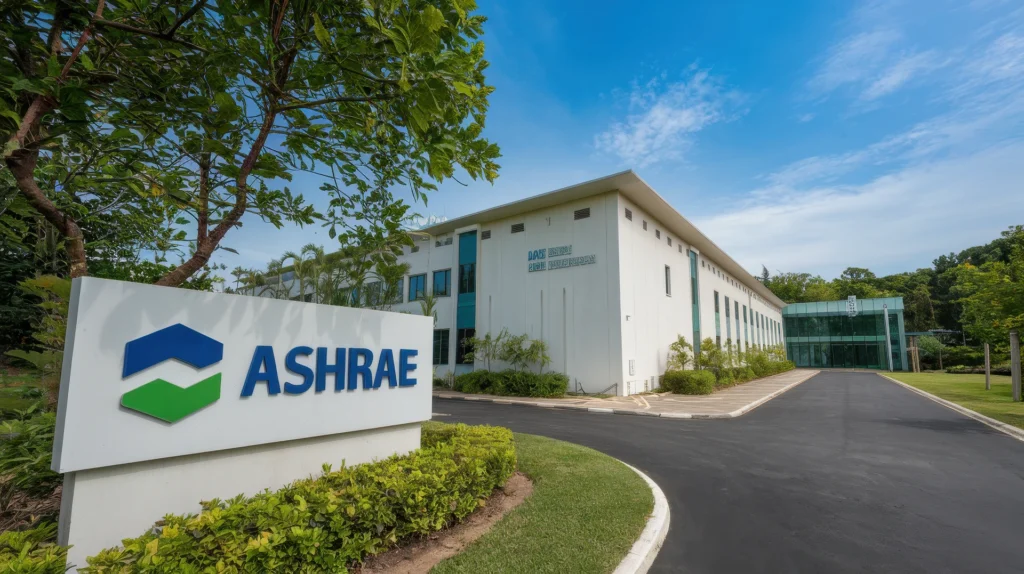
The American Society of Heating, Refrigerating and Air-Conditioning Engineers (ASHRAE) recommends the following ventilation rates:
Ventilation Rate (cfm)
60 | *
| *
40 | *
| *
20 | *
|_______________
1 2 3 4 5
Number of Bedrooms
This chart illustrates the recommended ventilation rates in cubic feet per minute (cfm) based on the number of bedrooms in a home. As the number of bedrooms increases, so does the recommended ventilation rate. For example, a one-bedroom home might require about 20 cfm, while a five-bedroom home could need up to 60 cfm of ventilation.
Understanding Carbon Monoxide Dangers
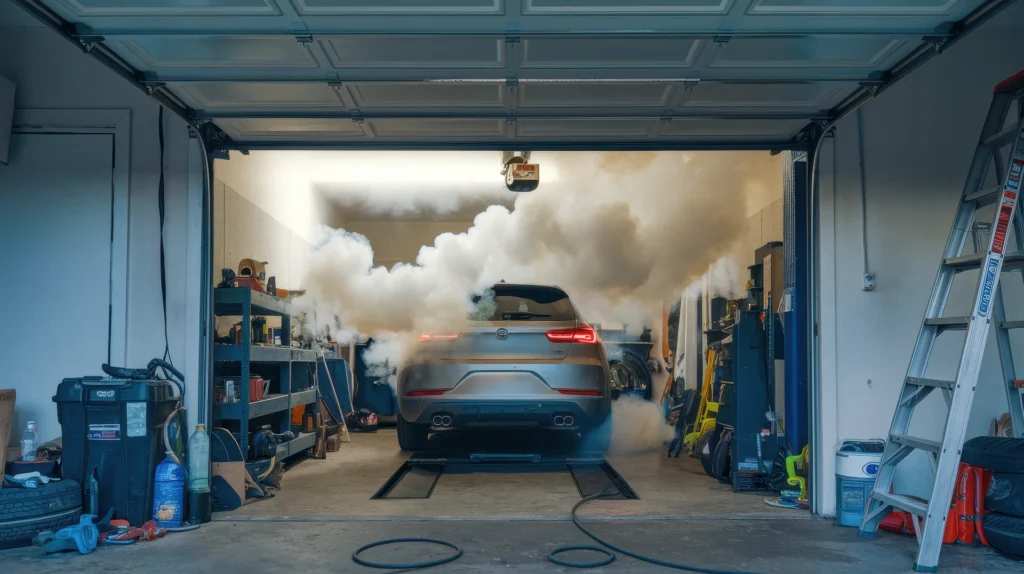
Carbon monoxide (CO) is an odorless, colorless gas that can be lethal in high concentrations. Common sources of CO in homes include:
- Malfunctioning gas appliances
- Blocked chimneys or flues
- Running vehicles in attached garages
- Improperly vented generators
- Faulty furnaces or water heaters
Symptoms of Carbon Monoxide Poisoning
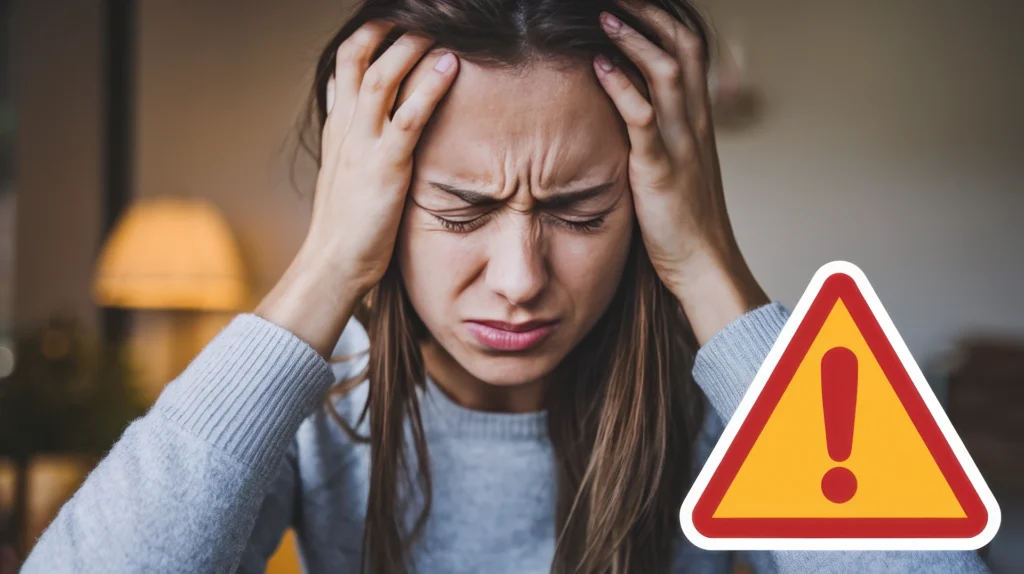
Be aware of these symptoms, which can indicate CO exposure:
- Headache
- Dizziness
- Nausea
- Shortness of breath
- Confusion
- Loss of consciousness
Carbon Monoxide Detection
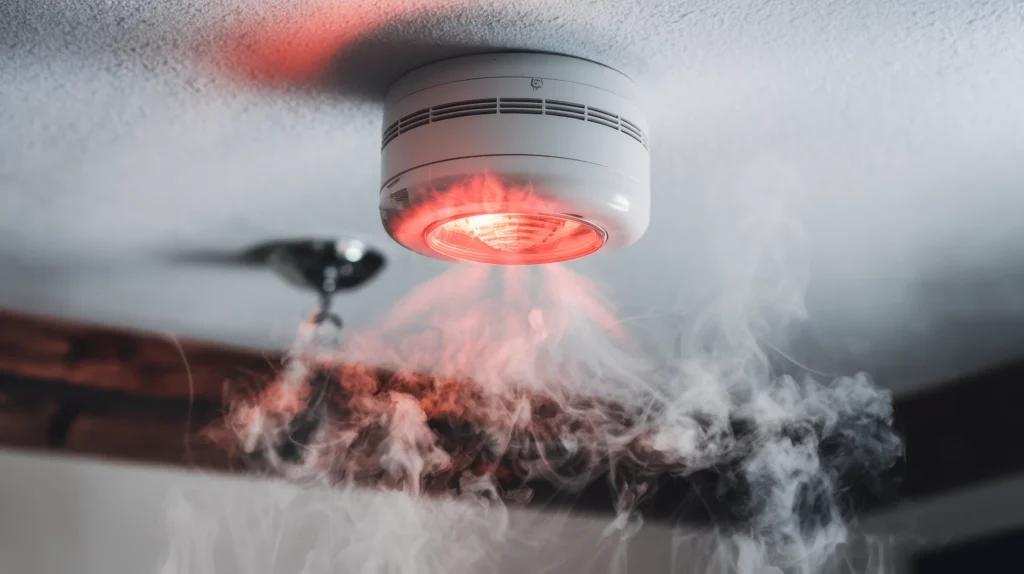
Installing and maintaining carbon monoxide detectors is crucial for home safety. Here are key considerations:
- Install detectors on every level of your home
- Place detectors near sleeping areas
- Keep detectors at least 15 feet away from fuel-burning appliances
- Test detectors monthly
- Replace batteries annually or as needed
Types of CO Detectors

| Detector Type | Power Source | Lifespan | Features |
| Battery-operated | Replaceable batteries | 5-7 years | Portable, easy installation |
| Plug-in | AC power with battery backup | 5-7 years | Convenient, backup power |
| Hardwired | Home’s electrical system | 7-10 years | Interconnected, constant power |
| Smart | Various | 5-10 years | Mobile alerts, integration with home systems |
This table compares different types of CO detectors. Battery-operated detectors use replaceable batteries, have a 5-7 year lifespan, and are portable with easy installation. Plug-in detectors use AC power with battery backup, also last 5-7 years, and offer convenience with backup power. Hardwired detectors connect to the home’s electrical system, last 7-10 years, and can be interconnected with constant power. Smart detectors have various power sources, last 5-10 years, and offer mobile alerts and integration with home systems.
Maintaining Your Ventilation and CO Detection Systems
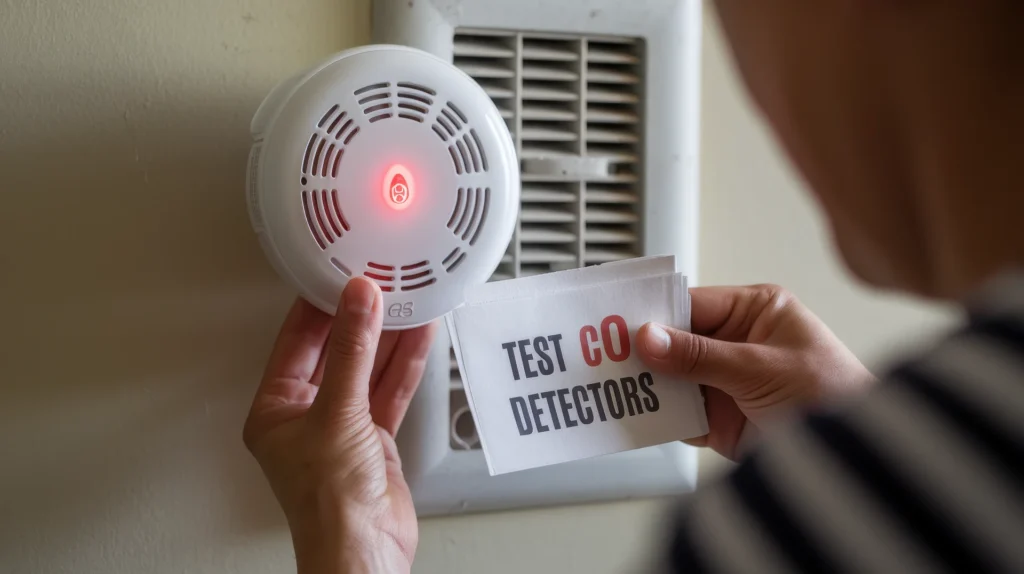
Regular maintenance is key to ensuring your ventilation and CO detection systems function properly:
- Schedule annual HVAC inspections
- Clean or replace air filters every 1-3 months
- Vacuum vents and air intakes regularly
- Test CO detectors monthly and replace as recommended
- Keep outdoor vents clear of debris and obstructions
Creating a Healthy Indoor Environment

In addition to proper ventilation and CO detection, consider these steps to improve your indoor air quality:
- Use low-VOC paints and materials
- Incorporate indoor plants to naturally filter air
- Avoid smoking indoors
- Control humidity levels (ideally between 30-50%)
- Regularly clean and vacuum to reduce allergens
Legal Requirements and Recommendations
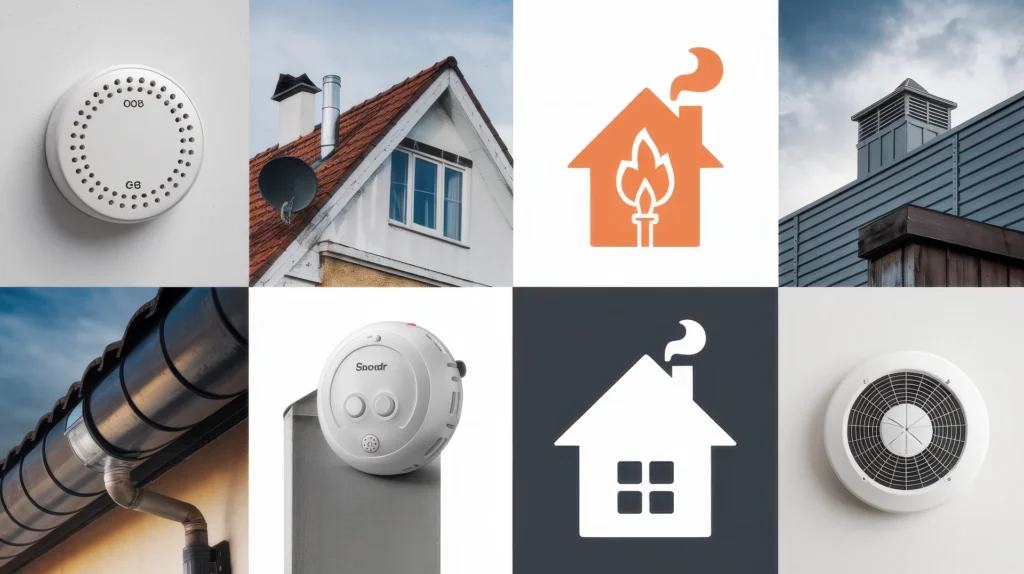
Many jurisdictions have specific requirements for ventilation and CO detection in homes. Here’s a general overview:
- CO detectors are mandatory in most states for new construction
- Many areas require CO detectors in existing homes during sale or rental
- Ventilation standards often align with building codes
- Some regions offer incentives for upgrading to energy-efficient ventilation systems
- Check local regulations for specific requirements in your area
Emergency Preparedness
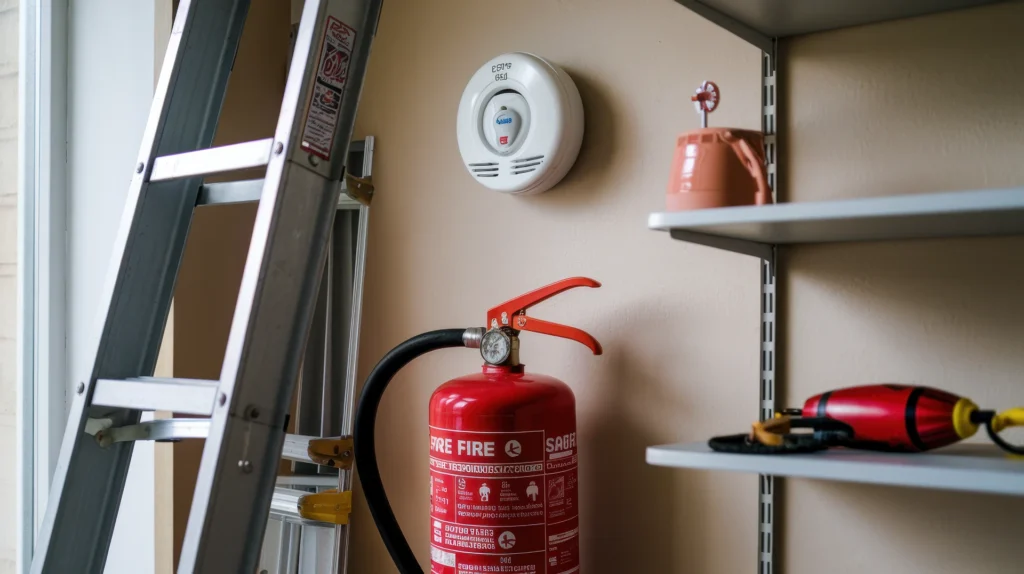
Be prepared for potential ventilation or CO-related emergencies:
- Create an evacuation plan and practice it with your family
- Know the emergency shut-off locations for gas and electrical systems
- Keep a list of emergency contact numbers readily available
- Invest in a portable CO detector for travel or power outages
- Consider a backup power source for critical ventilation systems
Conclusion

Proper ventilation and carbon monoxide detection are essential for maintaining a safe and healthy home environment. By understanding the importance of these systems, recognizing potential issues, and taking proactive steps to improve air quality and safety, you can create a living space that promotes well-being for you and your family.
Remember, while the information provided here is comprehensive, it’s always best to consult with professionals for specific advice tailored to your home. Regular maintenance, vigilance, and a commitment to indoor air quality will go a long way in ensuring your home remains a safe haven for years to come.



























